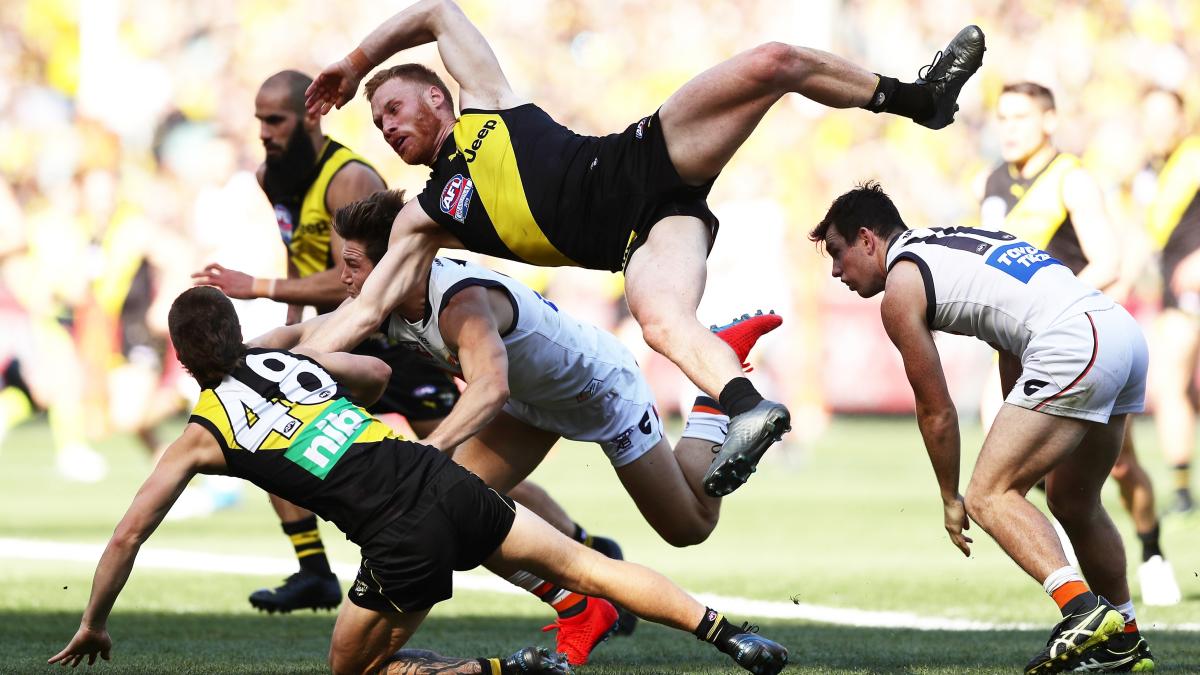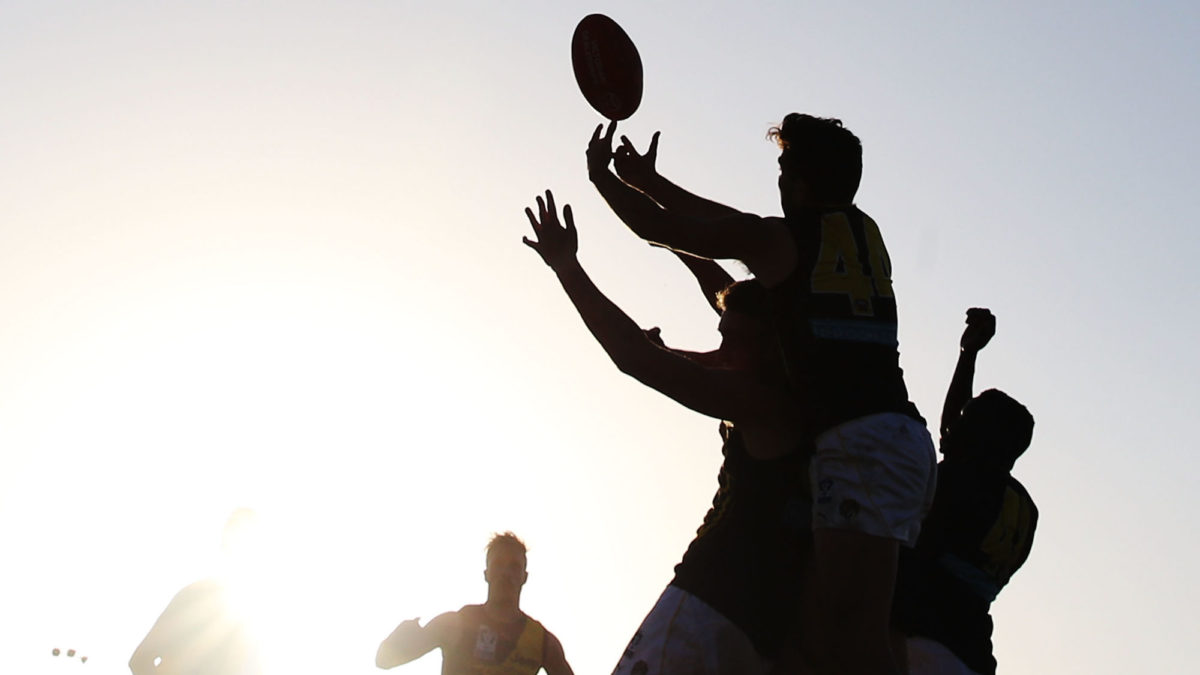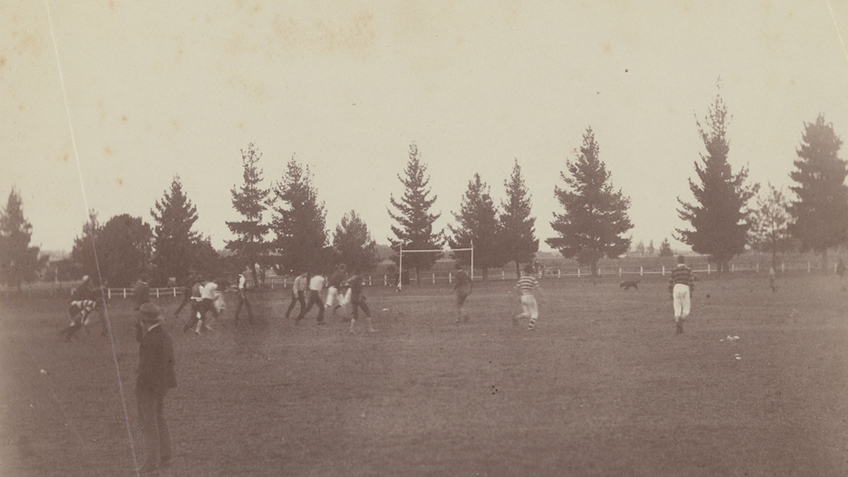Les Malone
Norm Smith Medallist
- Jul 28, 2019
- 5,752
- 6,279
- AFL Club
- GWS

Australian rules football, a halfway house between football and rugby played on a cricket pitch
The scene is a park bench in southwest London on a brisk Thursday morning. The ground is dewy; not lido levels, but shoes are being ruined. A low sun ensures eyes are working double time.A senior gentleman taps upon my shoulder. “What’s happening here?” he asks, gesturing towards 36 men running arou
World Footy News Retweeted

Elgan Evan Alderman
@WelshMinor
“It’s for those people who like to play that free-flowing sport but don’t like it when someone falls over and cries on the pitch." Wimbledon Park has been a home to Aussie rules of late. For this week's column, I delve into the world of footy.






